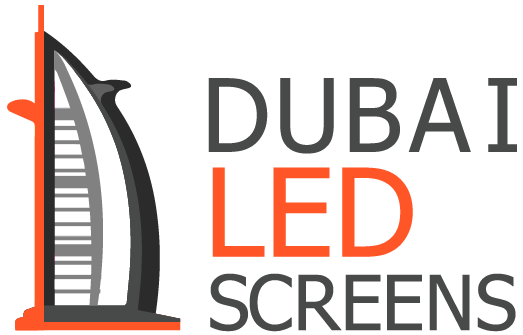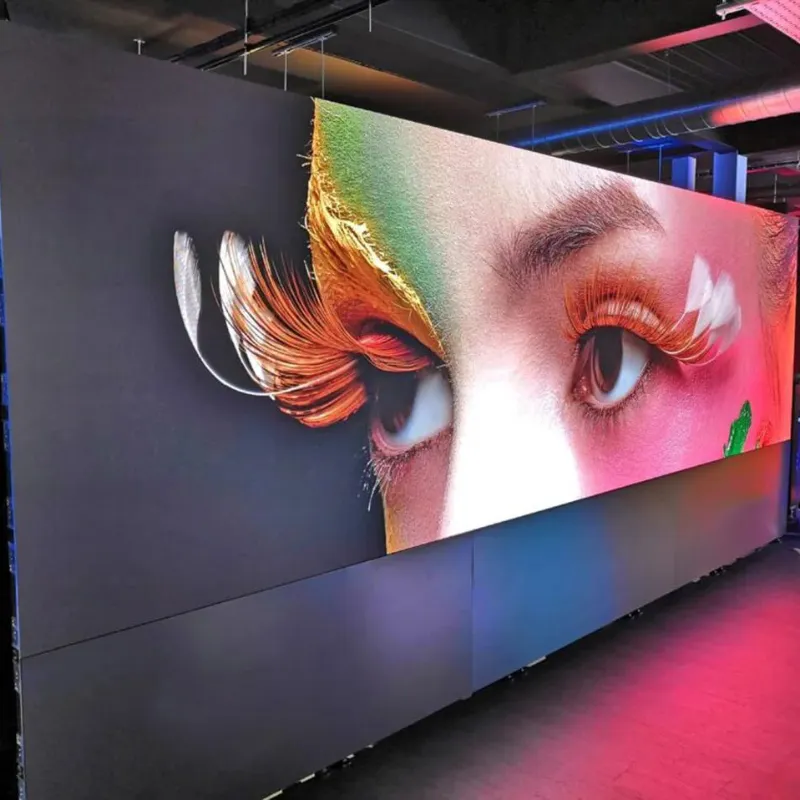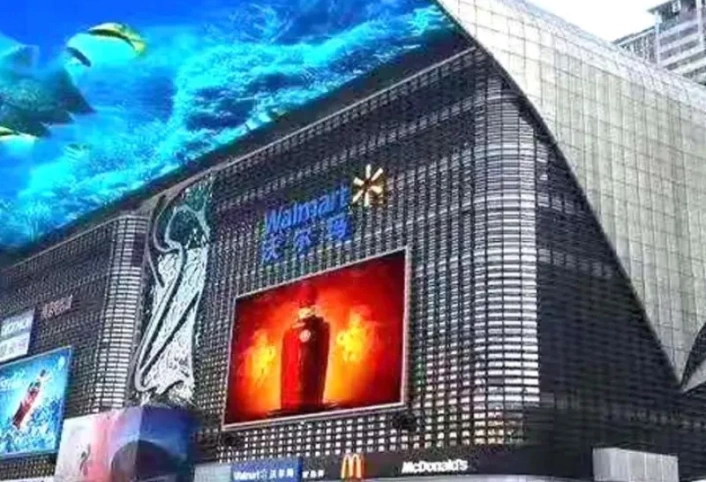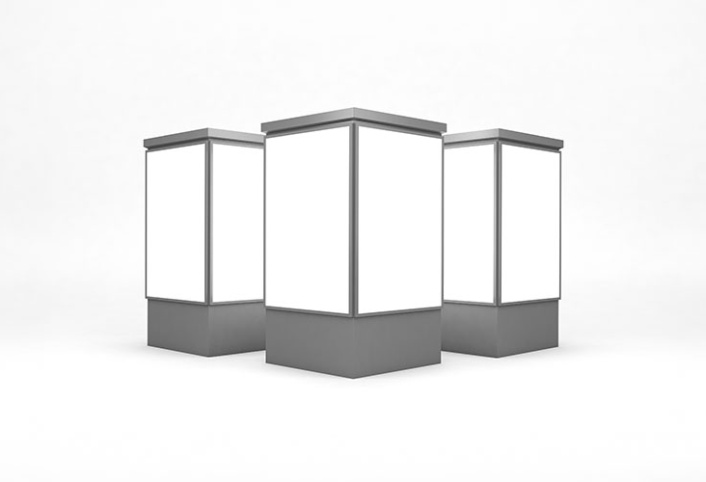In today’s rapidly evolving world, the intersection of technology and environmental stewardship has never been more crucial. The LED display industry, renowned for its energy-efficient solutions, is no exception. As global awareness of environmental issues intensifies, the imperative for sustainability within our industry has become increasingly clear. This blog delves into the sustainability challenges and opportunities faced by the LED display sector, highlighting the significant steps needed to align with broader environmental goals while addressing the evolving demands of consumers and regulators alike.
Embracing Sustainability: A Critical Imperative
The LED display industry, despite its reputation for energy efficiency, faces several challenges in its quest for sustainability. As we move towards a more eco-conscious future, it is essential for companies within our sector to not only leverage their existing energy-saving advantages but also to push the envelope in sustainability practices. Key areas of focus include energy efficiency, waste reduction, and the utilization of environmentally friendly materials.
Energy Efficiency: Beyond the Basics
LED technology is lauded for its superior energy efficiency compared to traditional display solutions. However, there is always potential for further enhancements. The goal is not just to maintain but to continually advance energy-saving technologies. By investing in research and development, companies can discover new ways to reduce energy consumption even further. Improved energy efficiency translates into lower operational costs for customers and a reduced carbon footprint, aligning with global efforts to combat climate change.
Waste Reduction: A Circular Approach
The reduction of waste is another critical area where the LED display industry can make significant strides. Sustainable manufacturing practices play a pivotal role in minimizing e-waste and promoting a circular economy. Designing products for longevity and ease of repair ensures that they do not end up prematurely in landfills. Embracing a circular approach involves not only recycling but also reusing components and materials wherever possible. This method not only conserves resources but also sets a precedent for other industries to follow.
Purpose and Scope of the Sustainability Report
To address these challenges and opportunities, our Sustainability Report serves as a comprehensive document that outlines our commitment to integrating sustainable practices across our operations. The report highlights our achievements, sets future goals, and demonstrates our dedication to responsible business practices.
Objectives of the Report
The primary aim of this report is to provide transparency regarding our sustainability efforts. By documenting our initiatives and performance, we offer a detailed account of how we are working to reduce our environmental impact. The report is structured around three core elements: manufacturing, products, and design.
1. Manufacturing: We delve into our sustainable manufacturing processes, focusing on energy-efficient production methods, waste reduction strategies, and the adoption of green technologies.
2. Products: This section covers our approach to designing and producing LED displays with minimal environmental impact. It includes efforts to improve energy efficiency, extend product life, and use eco-friendly materials.
3. Design: Our design philosophy emphasizes sustainability from the outset. We explore how our design principles align with environmental goals, ensuring that every product is both innovative and responsible.
Engaging Stakeholders
Transparency is a key component of our approach. By openly sharing our sustainability efforts, we aim to engage stakeholders, including customers, employees, suppliers, and the broader community. Collaboration and open communication are essential for driving positive change and achieving our sustainability objectives.
The Product Lifecycle Journey: A Holistic Approach
Our commitment to sustainability is embedded throughout the entire product lifecycle. From the initial design phase to the final recycling stage, each step is approached with environmental responsibility in mind.
1. Product Design: Sustainable design begins with thoughtful consideration of materials, energy efficiency, and ease of recycling. Our goal is to create products that are not only high-performing but also environmentally friendly.
2. Sourcing: We prioritize the use of eco-friendly materials and ethical sourcing practices. This ensures that our supply chain supports our sustainability goals.
3. Manufacturing: Our manufacturing processes are designed to minimize waste and energy consumption. We continuously seek improvements to enhance efficiency and reduce our carbon footprint.
4. Distribution: Efficient distribution practices help reduce the environmental impact associated with transporting our products. We strive to optimize logistics to lower emissions and energy use.
5. Use: During the product’s operational life, we focus on maintaining energy efficiency and supporting our customers in maximizing the lifespan of their displays.
6. Recycling: At the end of the product’s life, we are committed to responsible recycling practices. We aim to recover valuable materials and reduce waste, contributing to a circular economy.
Conclusion
The LED display industry stands at a pivotal juncture, where sustainability must be at the forefront of our strategies and operations. By embracing energy efficiency, waste reduction, and sustainable materials, we not only contribute to preserving the planet but also benefit from cost savings, enhanced brand reputation, and compliance with environmental regulations. Our comprehensive Sustainability Report reflects our commitment to these principles, offering transparency and setting the stage for future progress.
As we continue to navigate the challenges and opportunities in sustainability, collaboration and innovation will be key. Together, we can drive positive change and set a standard for environmental responsibility in the LED display industry and beyond.





